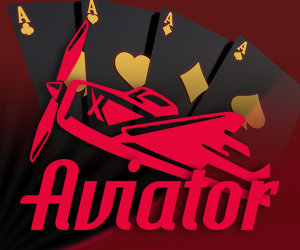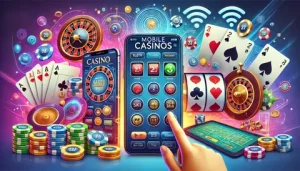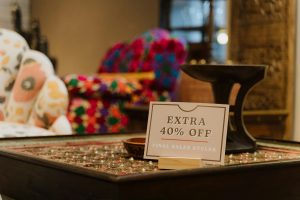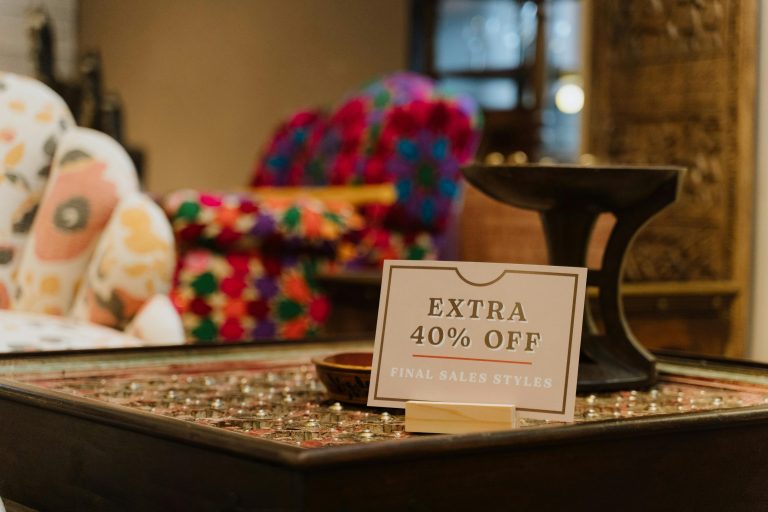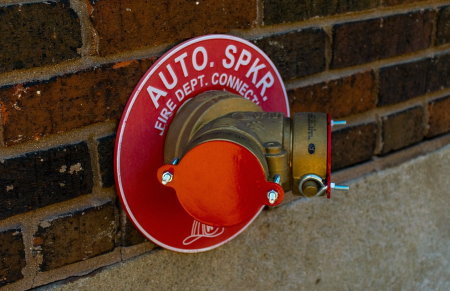In retail, every inch of shelf space counts. While the products themselves are the stars, the shelf edge is like the stage curtain—it frames the experience and draws the audience in. Shelf-edge signage might seem small compared to giant banners or window displays, but it has one of the most important jobs: stopping a shopper mid-step and guiding them toward a purchase.
The reality is, most shoppers make their decisions in seconds. A well-designed shelf-edge sign can make the difference between a quick glance and a sale. Understanding how to use this space effectively is key to competing in today’s fast-moving retail environment.
Understanding the Power of the Shelf Edge
Think about the last time you walked through a grocery or convenience store. Rows of products blend together, and it’s easy for even great items to get lost in the mix. That’s where shelf-edge signage steps in—it cuts through the visual clutter. Positioned right at eye level or just below, it meets shoppers exactly where they’re looking.
The shelf edge is valuable real estate because it’s right next to the product. Unlike larger signs or ads that are meant to draw people into a store, shelf-edge signs work in the moment of decision. They can highlight price, features, or even a quick benefit in a way that feels immediate and relevant.
Designing for Impact
An effective shelf-edge sign doesn’t just exist—it demands attention. Color choice plays a big role here. Bold, contrasting colors can help the sign stand out from the packaging around it, but the colors should still reflect the store’s or brand’s personality. A neon yellow price tag might be great for clearance items, but it might not work for a luxury tea brand.
Typography matters just as much. Shoppers need to read the message in seconds, so fonts should be clear and large enough to be seen from a short distance. A good rule of thumb: if you can’t read it while walking by, it’s too small or too cluttered. Simplicity often wins over elaborate designs.
Making the Message Matter
A shelf-edge sign’s message has to be sharp and to the point. Shoppers won’t stop to read long paragraphs when they’re already scanning dozens of items. A quick, benefit-focused phrase like “Freshly Baked Today” or “2 for $5” communicates value instantly.
But messaging can also do more than just talk about deals. It can add personality and tell a micro-story. For example, “From a family farm just 20 miles away” gives context and emotional connection, which can be a powerful motivator for certain customers. This is where small retailers can really stand out compared to larger competitors who often stick to generic wording.
Leveraging Technology for Engagement
Shelf-edge signage isn’t limited to printed tags anymore. Advances in sign technology allow for digital displays that can change promotions instantly, show product videos, or even feature customer reviews. While these systems used to be costly and complex, they’ve become more accessible for smaller retailers looking to modernize their in-store experience.
Digital shelf displays also allow for dynamic content rotation, which keeps the messaging fresh and engaging. Instead of the same printed sign sitting for months, the display can showcase multiple messages in one spot, making it harder for shoppers to tune it out. The flexibility to change messages quickly is especially valuable for seasonal promotions or short-term sales.
Integrating Shelf-Edge Signs Into the Bigger Picture
A single great shelf-edge sign can boost sales for one product, but the real magic happens when these signs are part of a larger, cohesive store strategy. The tone, style, and layout should match the store’s other signage so that shoppers feel a sense of consistency.
Placement is just as important. Signs should be positioned to lead shoppers naturally through the store, reinforcing key offers along the way. This creates a rhythm to the shopping experience—guiding the eye from one featured item to the next—without overwhelming them with too much information at once.
Conclusion
Shelf-edge signage may be small, but its influence in retail is huge. It’s the last nudge a customer gets before deciding to put an item in their cart—or to walk away. By understanding its strategic importance, designing with clarity, crafting messages that matter, and embracing modern technology, retailers can turn a few inches of space into a powerful sales tool.
In a retail world where attention is short and competition is fierce, the shelf edge is one of the most immediate ways to connect with shoppers in the moment of choice. When done well, it’s not just signage—it’s the silent salesperson that works every single day.

